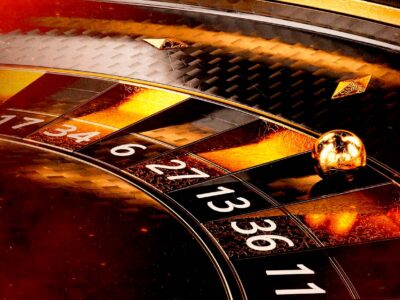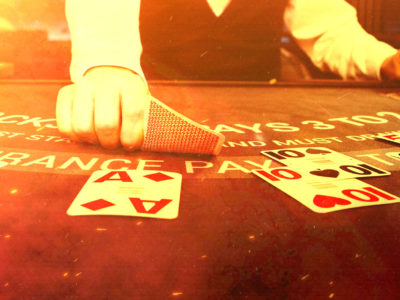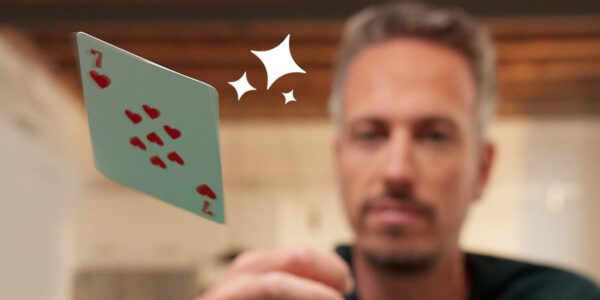How to Recognise Strength at a Poker Table
In this video, PokerStars Team Pro Lex Veldhuis discusses how to determine your opponents’ likely hand ranges in poker tournaments. By analysing how the action goes pre-flop, you can narrow down the types of hands your opponent is likely to have.
Scan the Table
The first step is to scan the table when you sit down, this will help you understand the scenario. Look for short stack players that may be looking to push all-in soon or identify those players who play aggressively. Getting an idea of this helps set you up later in the games, allowing you to make the right decision and react accordingly.
Assess Pre-Flop Action
Pay close attention to how each hand starts. A limp shows weakness, while an early position raise indicates a stronger range. Also note who made the first bet or raise and from what position. The earlier the position, the stronger the likely range. Understanding this is key to establishing where the strength on the table lies.
Determine Ranges on Each Street
On each street, consider what hands would logically continue based on the action and board. For example, if the board is very draw-heavy, players will continue with more draws and made hands. After two streets of checks, players continuing are more likely to have weak made hands or draws. Players who raise or bet large likely have strong made hands.
Consider Each Player’s Image
A player’s image also helps determine their strength at the table. An aggressive player will have a wider range of hands, while a more conservative player will be tighter. In the video Lex uses the example of a player who limped under the gun with pocket 5s and got lucky. This way of playing leads him to believe that he’ll limp with a wider range of cards for future hands. Despite this, a player’s strength can still be determined based the hands they play. Understand this, and it could help establish a wider knowledge of strength at the table.
Make Your Best Guess and Bet Accordingly
You’ll never know exactly what your opponent has, so make a guess on their strength based on all the information you have. If you believe their range is weak, bluff; if you think their range is strong, bet for value or fold. The more you practice, the better you’ll get at ranging your opponents accurately.
Bluff When Your Range Connects Well
Lex shares an example of making a successful bluff on the river when it was checked to him. Because he was in the small blind, his range connected well with this board. His opponent’s check showed weakness, so he bet, representing a strong hand. His opponent folded, allowing Lex to win a sizable pot.
The Mistakes You Make Are Part of the Process
Finally, learn from each hand, win or lose. See if your ranging was accurate and how you can improve it for the next hand. Don’t get frustrated with tough spots or mistakes. They are part of the learning process. Focus on steadily improving your skills hand-by-hand.
With practice, you’ll get better at determining your opponents’ ranges. Using that information, you could make better considered decisions. Pay close attention to each hand, think logically about the action, consider player types and pre-flop positions, and don’t be afraid to make some mistakes along the way. Gradually, your intuition and reading abilities will improve and you’ll be able to work out which players have strength during each hand.
View Other Blogs




























